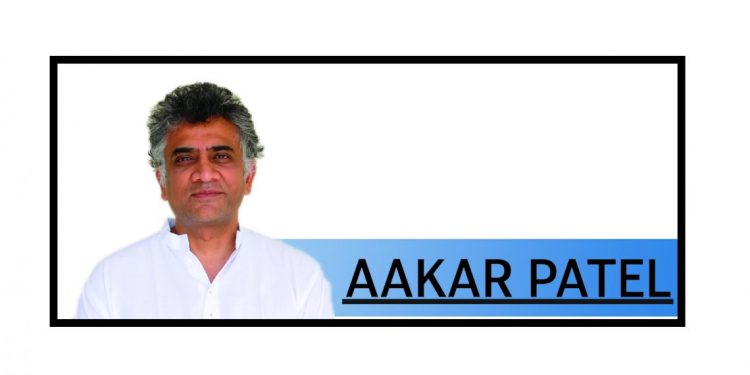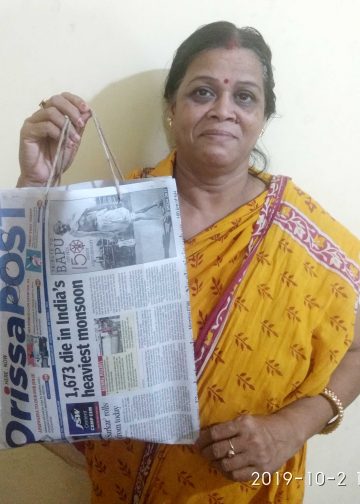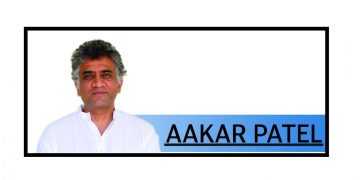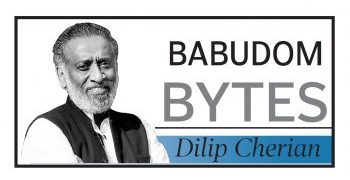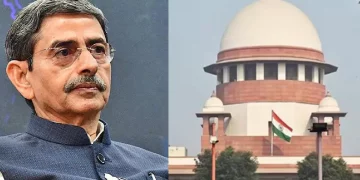The Places of Worship (Special Provisions) Act, 1991 is a law to “prohibit conversion of any place of worship and to provide for the maintenance of the religious character of any place of worship as it existed on the 15th day of August 1947.” This is an unusually phrased law which says that temples, mosques, churches, stupas, gurudwaras and so on will remain as they were in 1947. Meaning that the religion that was practised in that structure would continue to be practised. Why was it legislated? To prevent more incidents like the Babri Masjid demolition. It could not be more clear in phrasing or in intent.
However, laws have rarely stopped things from happening in India, even in the courts.
In 2019, after the Supreme Court’s verdict handing over the Babri site to a temple, a petition was taken up in an Uttar Pradesh court regarding the Gyanvapi mosque in Varanasi. The court directed the Archaeological Survey of India to conduct a survey, though historians have clearly recorded that the mosque was built over an existing temple razed by Aurangzeb in 1669. The Places of Worship Act was meant to avoid precisely such medieval history from becoming current affairs.
The matter went to the Supreme Court in 2022. Here, Justice DY Chandrachud, who had authored the Babri judgement, made an observation that would prove to be devastating. He said that the “ascertainment of the religious character” of a place was not prohibited by the Places of Worship Act. Presumably meaning that people were free to bring to court suits to that effect. He allowed the continuation of the “survey,” which came to be centred around a fountain which the Hindu side claimed was a Shivling. In 2023, the Varanasi district court asked the ASI to ascertain whether the mosque was “constructed over a pre-existing structure of a Hindu temple.”
Predictably these events have led to a number of judges in Uttar Pradesh, Rajasthan and elsewhere admitting petitions that sought to “ascertain the religious character” of mosques built in medieval India and ordering surveys. Demands for surveys on places include the Adhai Din Ka Jhonpra mosque in Ajmer, built in 1199 by Qutub-ud-Din Aibak (who also built the Qutub Minar in Delhi) and the Ajmer Dargah of Moinuddin Chishti who died in 1236.
The mosque is already an ASI-protected site for its historical value but was now subject to demands from the BJP’s Speaker in the state Assembly who wanted an ASI survey to find out if the claim was true that it had been a Sanskrit college earlier.
The dispute over Lucknow’s largest mosque, Teelewali Masjid, was centred around a claim that it was built by Shah Jahan’s governor over a platform named after Lakshman. In Badaun the Jama Masjid Shamsi, built under Iltutmish (who also died in 1236) was claimed by the Akhil Bharatiya Hindu Mahasabha. The Atala Masjid in Jaunpur is, according to the government’s tourism website, “the ideal for the construction of the other mosques of Jaunpur.” A group named Swaraj Vahini Association has moved to court demanding the right to worship inside it.
In March 2024, the 13th-century Bhojshala-Kamal Maula complex in Madhya Pradesh’s Dhar district became the latest site for a “scientific survey” by the Archaeological Survey of India after an order from the Madhya Pradesh High Court.
In November last year, a court in western UP heard a petition on the Sambhal Jama Masjid. The court ordered a survey of the mosque premises, which took place on the same day. The team returned for a second visit early on a Sunday and a rumour spread that it was digging under the mosque. A crowd of protestors gathered and the police shot dead five of them. We can attribute this tragedy directly to that remark made in court.
The really unusual thing is that those remarks made in the Supreme Court have no binding authority, as experts have noted. Those words have not been recorded in the order and exist merely because they were reported at the moment they were uttered. The Supreme Court did not stay or undo the Places of Worship Act. It remains in force and unless a structure has been actively used by multiple faiths on 15 August 1947, it cannot be brought to court in a dispute. And yet as we can see, the number of cases is rising with structures that are seven centuries old being claimed as property disputes. For those who like the writer were adults when the Ayodhya dispute began to bubble and then burst and then remained as the core issue of politics for three decades, these events are alarming. Too much national energy and blood was expended over that.
Last month, the Supreme Court stopped courts from registering new suits. It also said no interim or final orders could be passed in the pending suits till it decided on the validity of the Places of Worship Act. The court will hear the matter again soon, when we may learn what the Modi government’s position on the law is. All governments are expected to defend the laws, but it is unclear what the stand of this government is, headed by the party that benefited from the movement that led to the legislation of the Places of Worship Act.
By Aakar Patel

